Mapei Keraquick Easy S1 Adhesive – 20 KG
From £624.00 Excl. VAT
Mapei adhesive Rapid setting, high performance, S1 flexible cementitious adhesive for the installation of ceramic, porcelain and stone tiles and mosaics to floors
Note: Delivery cost added at checkout
CLASSIFICATION IN COMPLIANCE WITH UKCA & EN 12004
Keraquick Easy S1 is a Cementitious (C) Improved (2), Fast Setting (F), Deformable (S1) tile adhesive classified as C2F S1.
WHERE TO USE
For interior and exterior installations of ceramic, porcelain, and moisture-stable natural stone tiles and mosaics to cement-based and suitably
prepared calcium sulphate-based screeds, concrete, plywood overlaid floors, existing unglazed ceramic floor tiles, and tile backer boards.
Some Application Examples
▪ Renovation in heavily trafficked areas and where surfaces need to be quickly back in service, such as public buildings,
motorway services, pedestrian walkways, supermarkets, showrooms, airports, etc.
▪ Rapid installation or renovation in swimming pools, industrial plants (breweries, wine cellars, dairies, etc.), refrigeration units.
▪ Rapid installation in bathrooms, showers, kitchens, conservatories, and on balconies and terraces.
▪ The installation of tiled finishes to underfloor and undertile heating systems.
▪ The installation of non-absorbent floor tiles over existing floors, where a standard-setting adhesive would be too slow.
▪ The installation of large-format tiles due to the product’s excellent wetting-out capabilities.
▪ The installation of ceramic and porcelain tiles directly over undertile heating cables.
▪ The installation of tiles externally in autumn/winter where night-time temperatures drop below +5°C.
Note:
When fixing tiles at lower temperatures, the pot life and setting time may be extended beyond 2 hours. In autumn/winter temperatures,
only fix tiles when the substrate and ambient temperature are above +5°C.
When fixing externally, ensure that the adhesive is applied during the warmest part of the day and that it has cured sufficiently before temperatures drop below +5°C.
Protect from frost by covering with appropriate materials.
TECHNICAL CHARACTERISTICS
Keraquick Easy S1 is a grey and white powder composed of a blend of special cements, selectively graded aggregates,
synthetic resins, and accelerators, which develop high bond strength 2-3 hours after mixing.
These properties allow floor tiles using Keraquick Easy S1 to be grouted after only 2 hours.
Floors can be subjected to light foot traffic after 2 hours and full service conditions after 24 hours.
Where floors are to be subjected to heavy-duty use, such as cherry pickers, the floor tiling should be allowed to cure for a minimum of 7 days.
RECOMMENDATIONS
Do not use Keraquick Easy S1 in the following cases:
▪ On metals, rubber, cork, PVC sheets, and linoleum.
▪ For bonding expanded polystyrene insulation panels with a protective film/vapour barrier.
▪ For bonding glass or agglomerated tiles and mosaics.
APPLICATION PROCEDURE
Preparation of the Substrate
Substrates must be dry, flat, mechanically strong, sound, and free from loose areas, grease, oil, paint, wax, old flooring adhesive, bitumen residues,
and any other contamination (e.g., plaster droppings), which may affect adhesion. Damp substrates may lengthen Keraquick Easy S1’s setting time.
Cementitious substrates must be cured, and any shrinkage process must be completed before tiles are installed.
Concrete should be at least 6 weeks old, and cement-based screeds should be at least 3 weeks old unless they have been produced using special MAPEI binders
such as Mapecem or Topcem, or with a pre-blended screed mix like Mapecem Pronto or Topcem Pronto.
The substrate surface should ideally be open-textured. Power floated concrete should be
mechanically abraded (scabbled or shot-blasted) to open the surface and remove any curing agents.
Heated screeds must be commissioned in accordance with recognised technical regulations and BS 5385 parts 3, 4, and 5 guidelines.
The commissioning process must be completed before the installation of tiles or stone finishes.
Calcium sulphate screeds must be dry to a moisture content of 0.5% w/w when measured using the carbide method.
All surface laitance must be removed by mechanical abrasion, and all dust thoroughly removed by vacuum.
Prime the surface with Eco Prim T Plus (diluted 1:2 with water) or Primer G (neat).
Plywood floors must be a minimum of 15 mm thick, exterior grade plywood, class 3 in accordance with EN 314 and EN 636, and screw-fixed at a maximum of 300 mm centres.
Mixing
Pour 4.2–4.6 litres of clean water into a clean mixing bucket. Slowly add the 20 kg bag of Keraquick
Easy S1 powder and mechanically stir until a homogenous, lump-free paste is achieved.
Allow the mix to stand for 2 minutes before briefly stirring again. Use the mix within 30 minutes of preparation.
Applying the Product
Apply the prepared Keraquick Easy S1 to the substrate with a notched trowel to a maximum of 10 mm thick.
To achieve good adhesion to the substrate, first apply a skim coat of adhesive over the substrate using the flat edge of the trowel,
followed by combing through with the notched edge of the trowel to the required thickness, ensuring 100% coverage, as far as possible.
Ensure that a trowel with a notch size and profile appropriate to the size of the tile is used.
For demanding applications such as exterior tiling subject to freezing, swimming pools or water feature installations,
heavy-duty areas, or fixing large format tiles, the adhesive should also be applied to the back of the tile (back buttering).
On highly absorbent internal substrates, it is recommended to prime with Primer G or Eco Prim T Plus before commencing tiling.
Installing the Tiles
Do not wet the tiles before installation. If the backs are dusty, they should be dipped in clean water and allowed to dry before fixing.
Keraquick Easy S1’s open time in normal temperature and humidity is approximately 15-20 minutes.
Unfavourable weather conditions (strong sun, drying wind, high temperature) or a highly absorbent substrate may shorten this open time,
sometimes quite drastically, to just a few minutes. Constantly check to see whether the adhesive has formed a surface skin.
Should a surface skin have formed, the adhesive should be removed, and fresh material applied.
Do not wet the adhesive when it has formed a skin, as a non-adhesive film will form. Tiles installed with Keraquick Easy S1 must not be subjected to
washout or rain for at least 3 hours and must be protected from frost and strong sun for at least 24 hours after installation.
GROUTING AND MOVEMENT JOINTS
Joints between tiles can be grouted after a minimum of 2 hours using a suitable MAPEI cementitious or epoxy resin grout, available in a wide range of colours.
Movement joints must be sealed with an appropriate elastic sealant, such as Mapesil AC or Mapesil LM.
SET TO LIGHT FOOT TRAFFIC
Floors are able to take light foot traffic after 2-3 hours. Lower temperatures may extend the setting time.
READY FOR USE
Tiled finishes are ready for use after a minimum of 24 hours. For floors subjected to heavy loads, such as cherry pickers, the adhesive should be allowed to
cure for a minimum of 7 days. Swimming pools, basins, and water features can be filled after a minimum of 3 days.
CLEANING
Tools should be cleaned with water before the adhesive sets. Floors can be cleaned with a damp cloth.
Water should be used only in moderate quantities and after a few hours.
CONSUMPTION
Dependent on the size of the tile and the flatness of the substrate: 2-5 kg/m².
PACKAGING
Keraquick Easy S1 is available in 20 kg paper bags.
STORAGE
12 months when stored off the ground in the original unopened packaging, protected from high humidity.
SAFETY INSTRUCTIONS FOR PREPARATION AND APPLICATION
Instructions for the safe use of our products can be found on the latest version of the Safety Data Sheet, available from our website www.mapei.co.uk.
PRODUCT FOR PROFESSIONAL USE.
| Color | Grey, White |
|---|
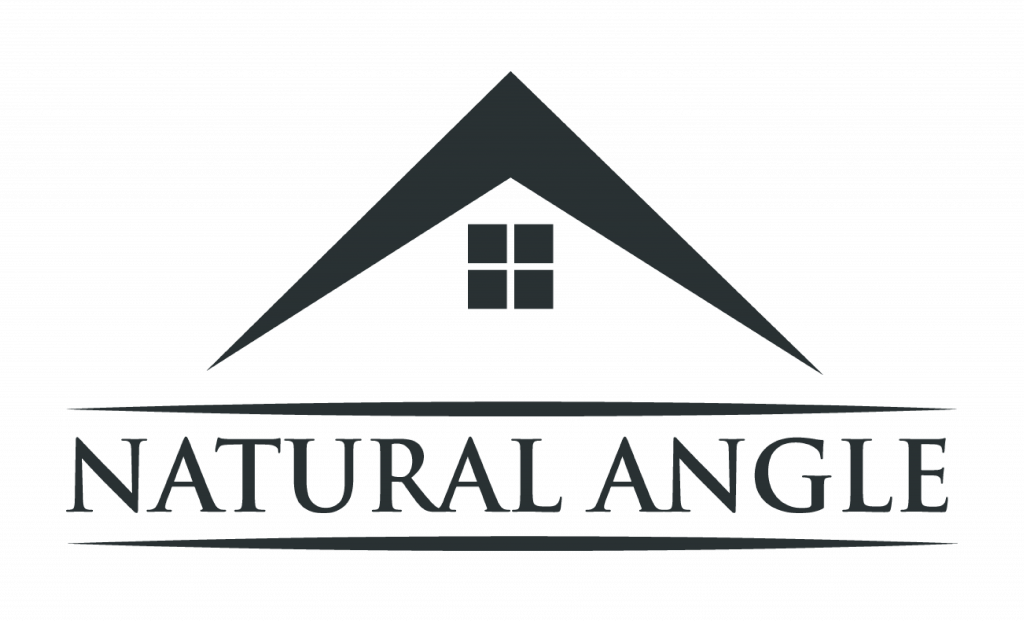

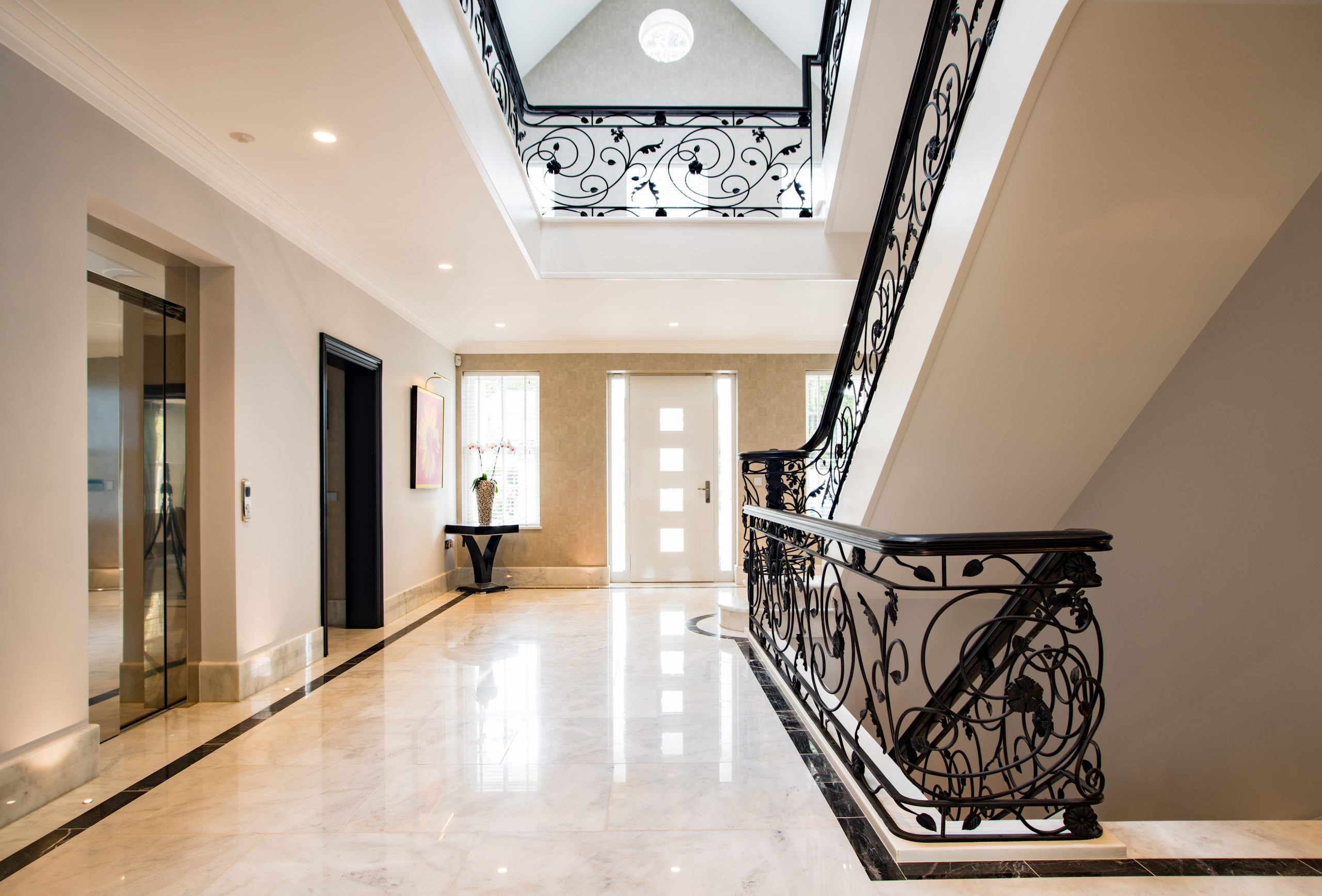
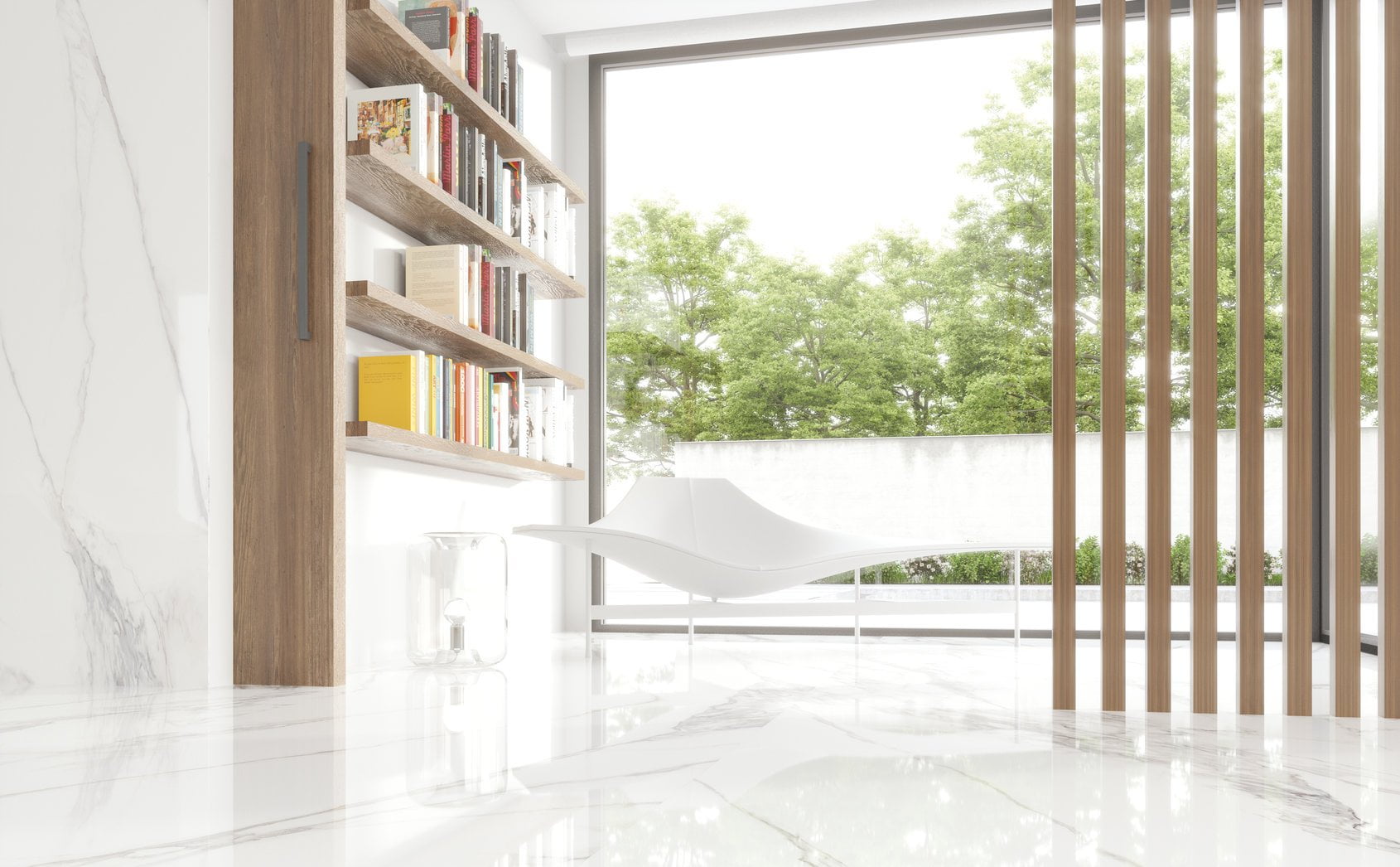
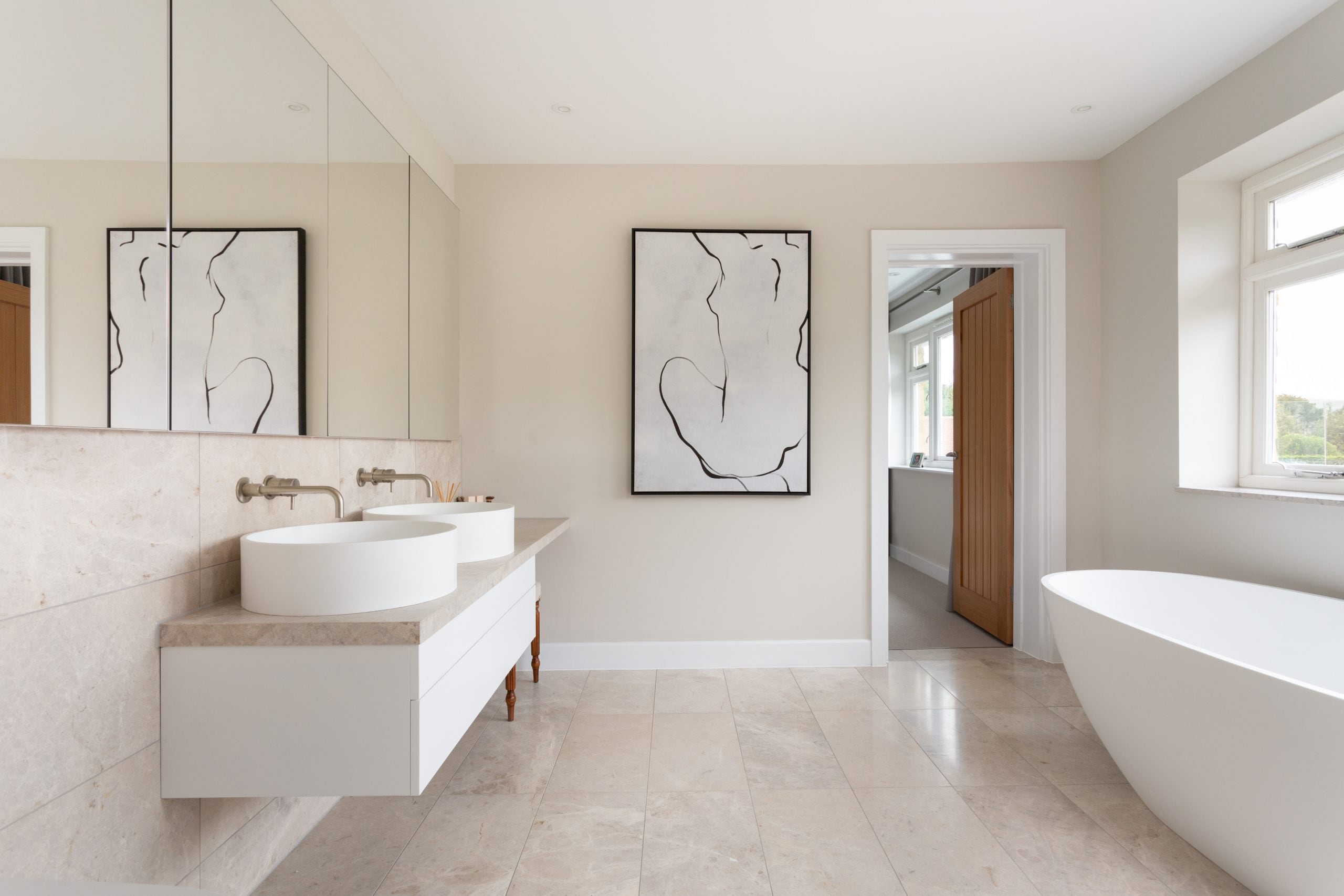
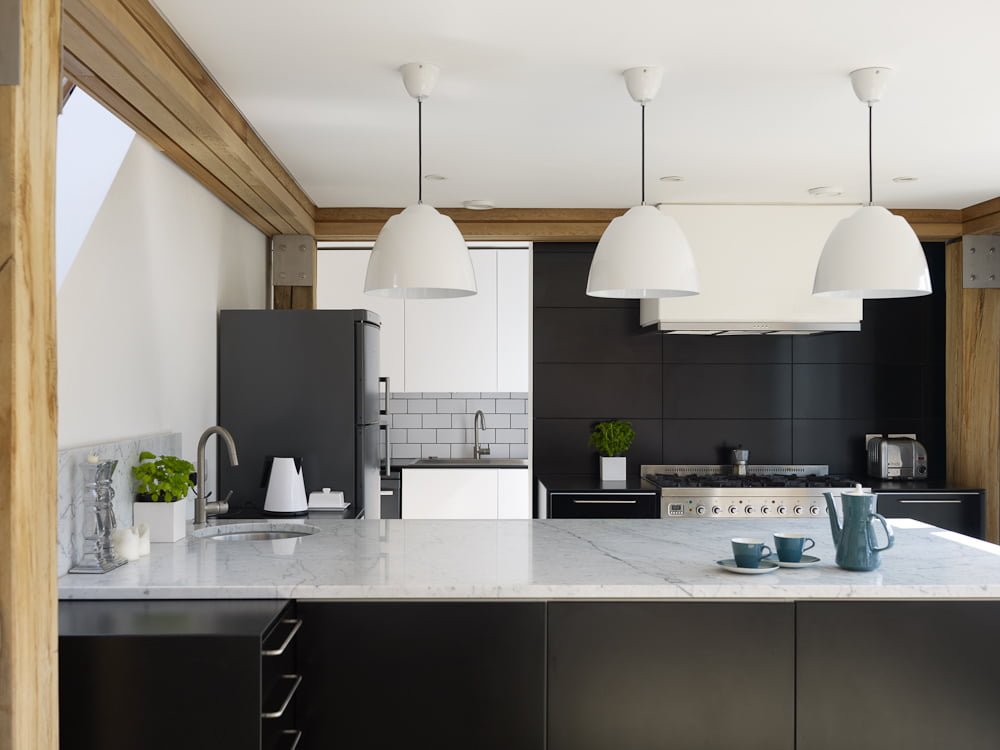
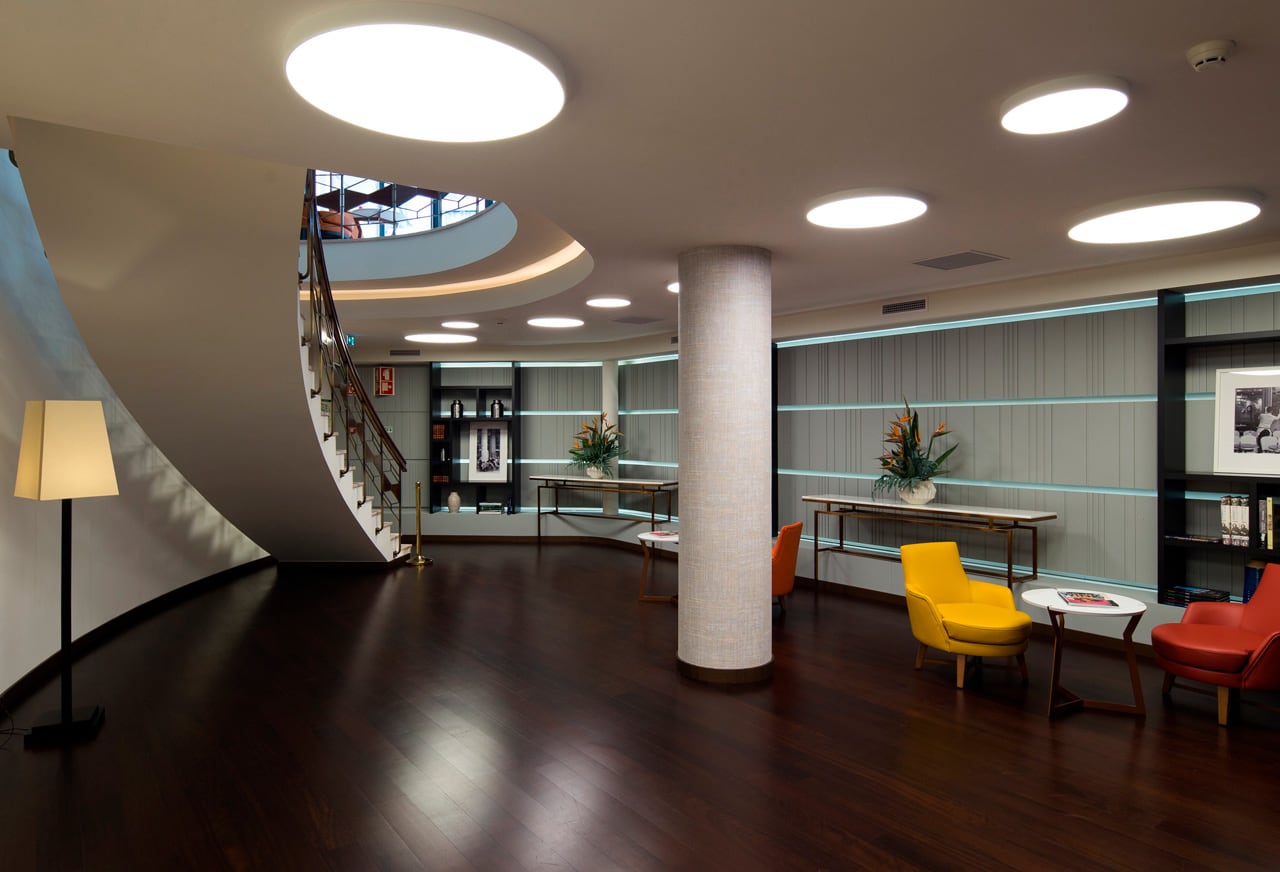
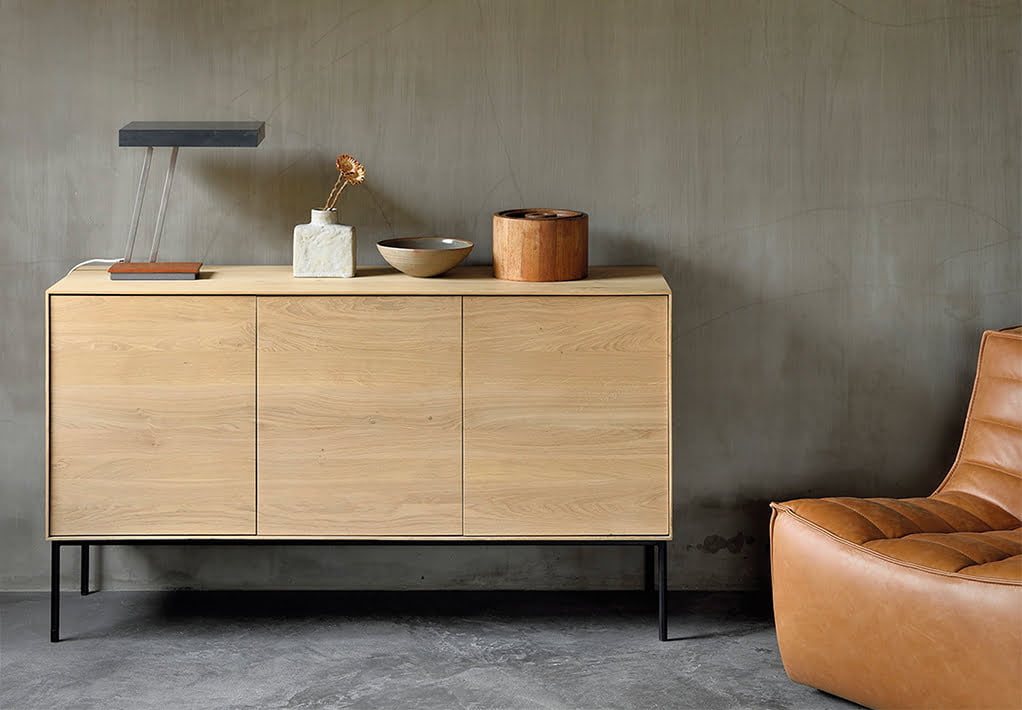
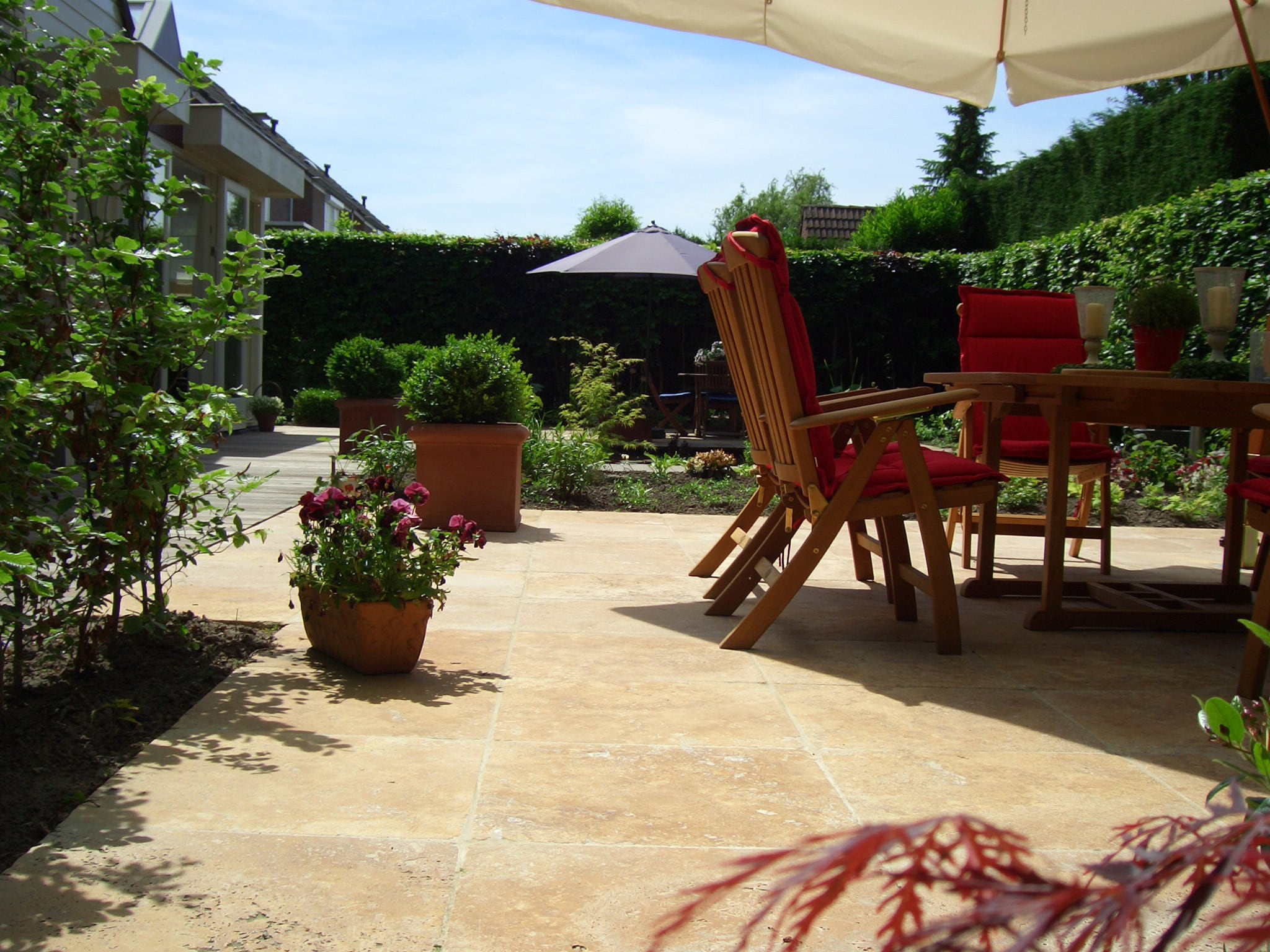
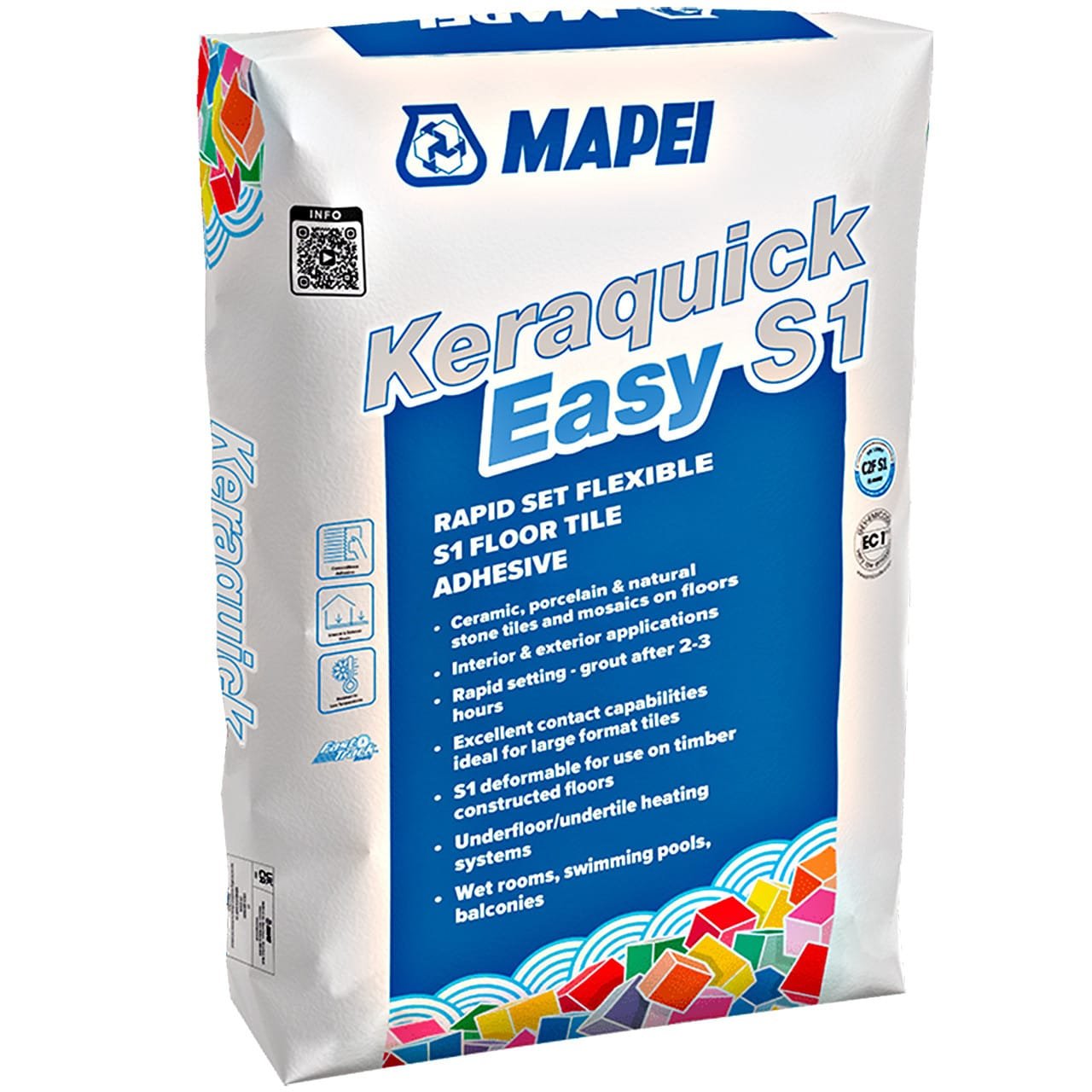





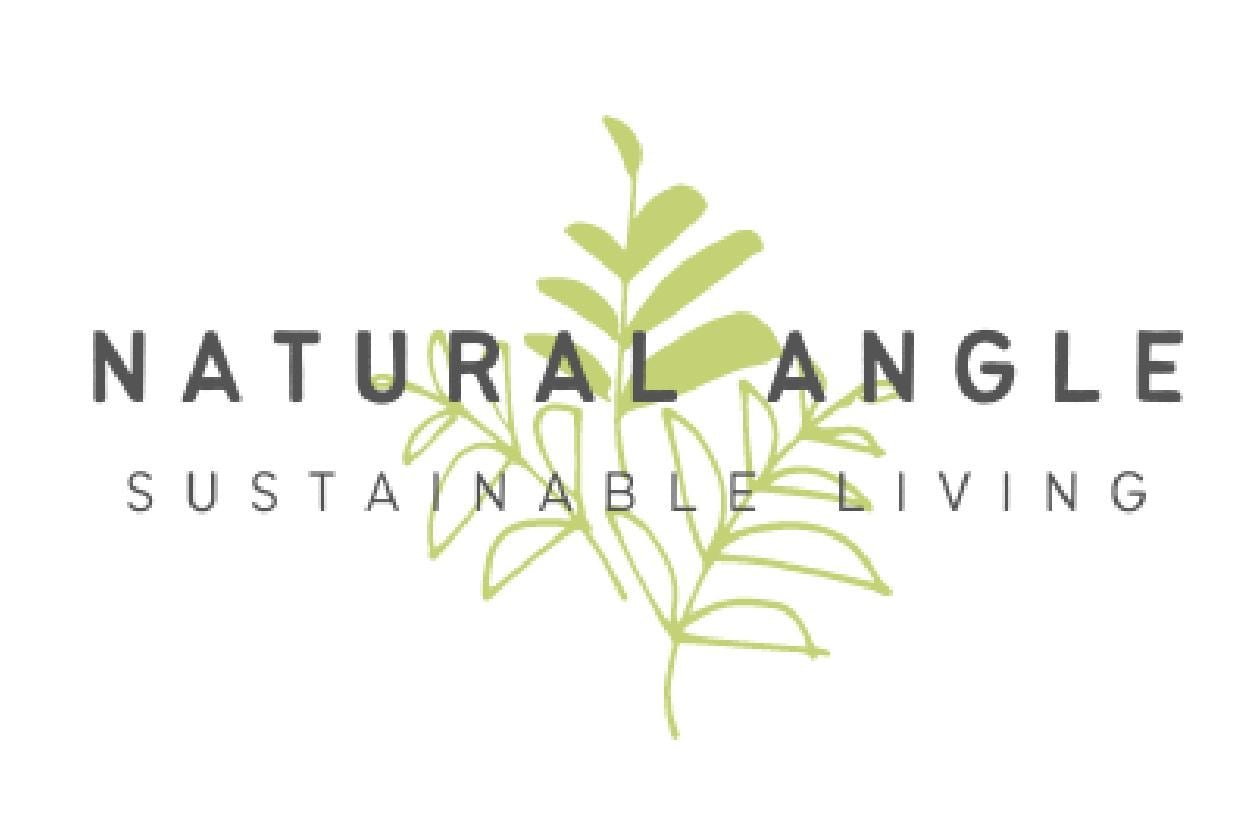


Reviews
There are no reviews yet.